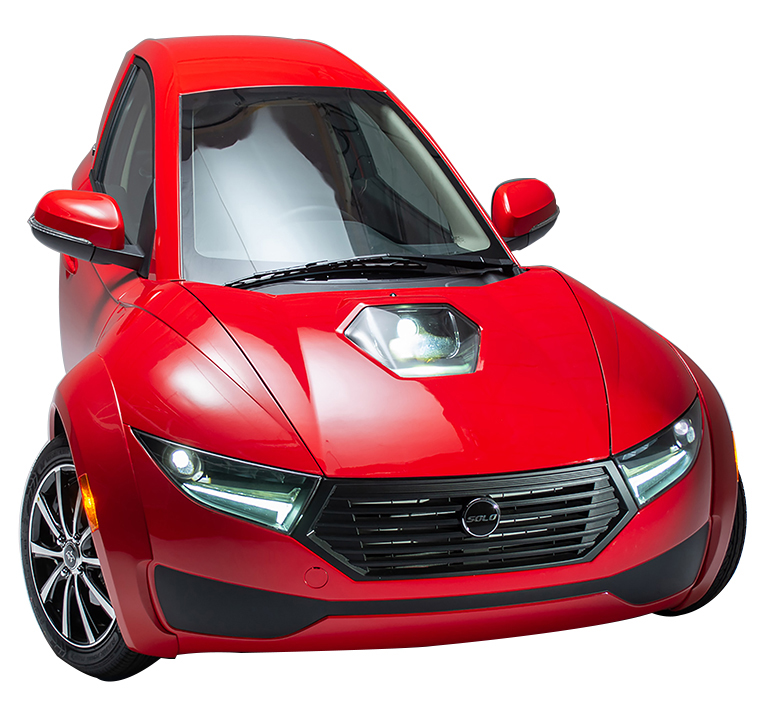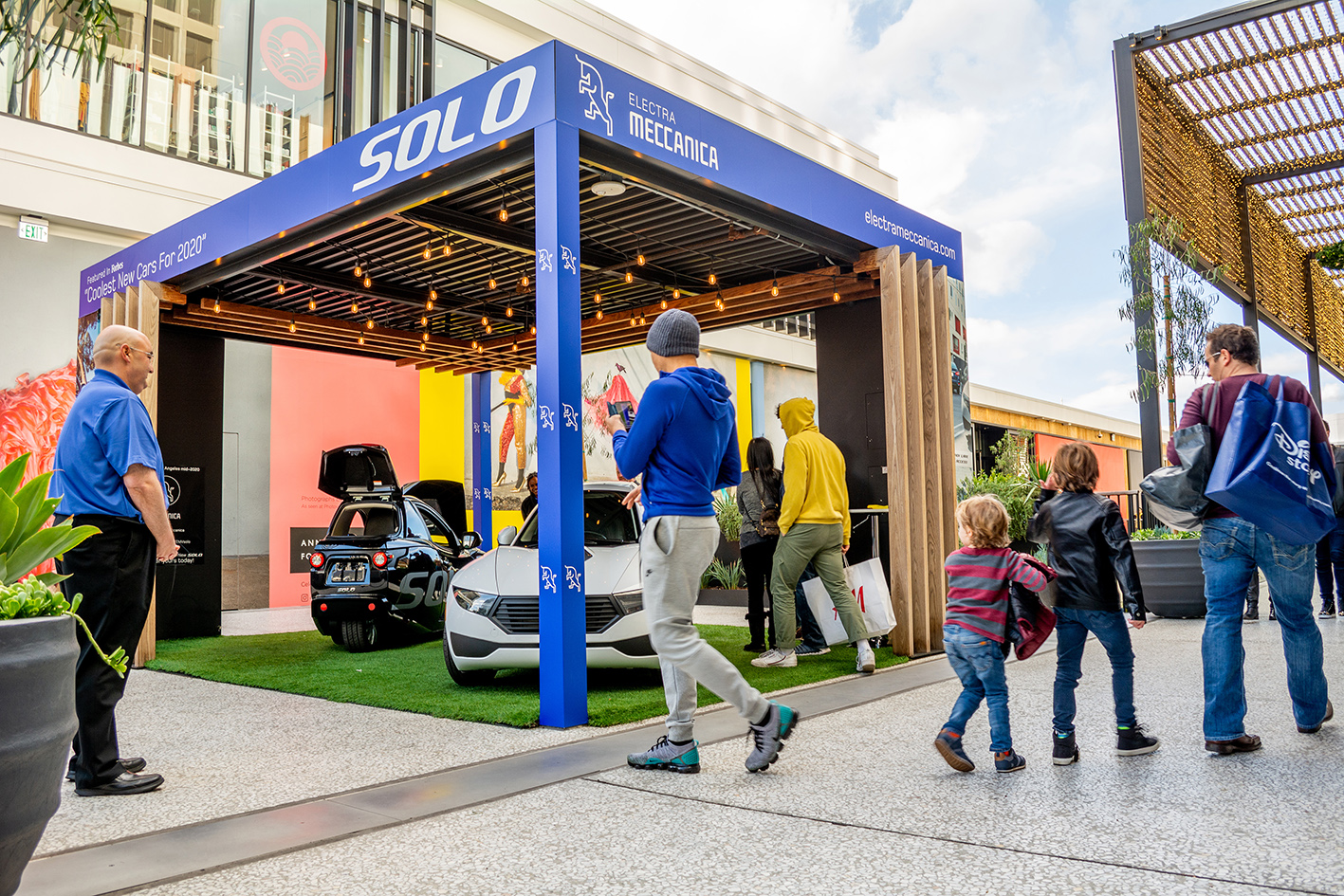For decades, the bestselling vehicles in the US have been pick-up trucks. But there will always be companies that try to upend the status quo, powered by idealistic thinking and, ideally, deep pockets. One such company is set to take its shot this summer with a single-seat car called the Solo.
“So many vehicles are being driven by one person,” said Paul Rivera, chief executive of the Solo’s manufacturer, ElectraMeccanica, based in Vancouver, British Columbia, Canada. “Why does everybody think they need to drive around and leave three or four empty seats?”
Nearly 90 per cent of Americans who commute by car, truck, van or motorcycle drive alone, according to the Census Bureau. Positioning itself as a right-size alternative to hauling around all that excess tonnage, the Solo takes up about a quarter of the space of a typical SUV. It also looks like a car — at least from the front — with the usual hood, grille and headlights. Take a peek from behind, however, and it tapers down to just one wheel.

Positioning itself as a right-size alternative to hauling around all that excess tonnage, the Solo takes up about a quarter of the space of a typical SUV. It also looks like a car — at least from the front — with the usual hood, grille and headlights. Take a peek from behind, however, and it tapers down to just one wheel. NYTNS
Technically, the Solo is a motorcycle, though it’s fully enclosed and drives like a car with a steering wheel and foot pedals. It has only one seat, but it’s accessible with doors on both sides. It also has a trunk, and amenities common to a full-size passenger vehicle, including a Bluetooth stereo, air conditioning and a back-up camera. It also has a seatbelt and an integrated roll bar.
The Solo isn’t the first small, three-wheeled car to squeeze into the crowded automotive market. The Bond Bug, an angular British three-wheeler in pumpkin orange, went out of production in 1974, after four short years. Carver, based in the Netherlands, has been making different iterations of its three-wheeled “man-wide” vehicles since the 1990s. And the Corbin Sparrow, with its striking resemblance to Mother Hubbard’s shoe, failed to take off in any meaningful way after going into production in 1999.
“It’s not to say a group of people won’t buy these,” Karl Brauer, executive publisher of Kelley Blue Book, said of the Solos, “but that group is in the hundreds, not the thousands. Something that sells in the hundreds is not saving anything: not the planet or our congestion problems.”
ElectraMeccanica has its roots in an Italian company that built replica Porsches in the 1960s, which relocated to Vancouver in the 1990s and created the ElectraMeccanica subsidiary in 2015, from which the Solo was born. Two batches of earlier generation vehicles have been manufactured so far, in limited quantities, some of which are still being driven in Canada.
The new production version of the Solo will be manufactured in Chongqing, China, in partnership with the Chinese motorcycle manufacturer Zongshen Industrial Group, a company that already makes 3 million motorcycles annually. ElectraMeccanica plans to set up a North American assembly facility within the next two years.
After launching in Los Angeles later this year, ElectraMeccanica will expand sales to San Francisco, Seattle and Portland — early-adopter cities in states that have generous incentives for electric vehicles. Rivera said the Solo would expand to the rest of the country over the next 18 months to two years, then globally.
ElectraMeccanica is offering the Solo through shopping mall kiosks, starting with two in Los Angeles. Together, the malls have 24 million visitors a year. Malls in California are closed now but the Solo kiosks will be up and running when the state’s stay-at-home orders are lifted, possibly this month.
The coronavirus is changing the transportation landscape in ways that seemed unthinkable even two months ago. Public transportation ridership is plummeting. Cars are suddenly unaffordable to millions who have lost jobs. And the threat of climate change remains very real.
So maybe the Solo has a chance. Arriving on the market when travellers are hesitant to touch what others have touched, it provides for social distancing. Priced at $18,500, it also costs about half as much as the average new passenger vehicle ($35,667 as of March 2020). And it has zero emissions, allowing for up to 100 miles of travel per charge at a top speed of 80 mph.
The New York Times News Service











